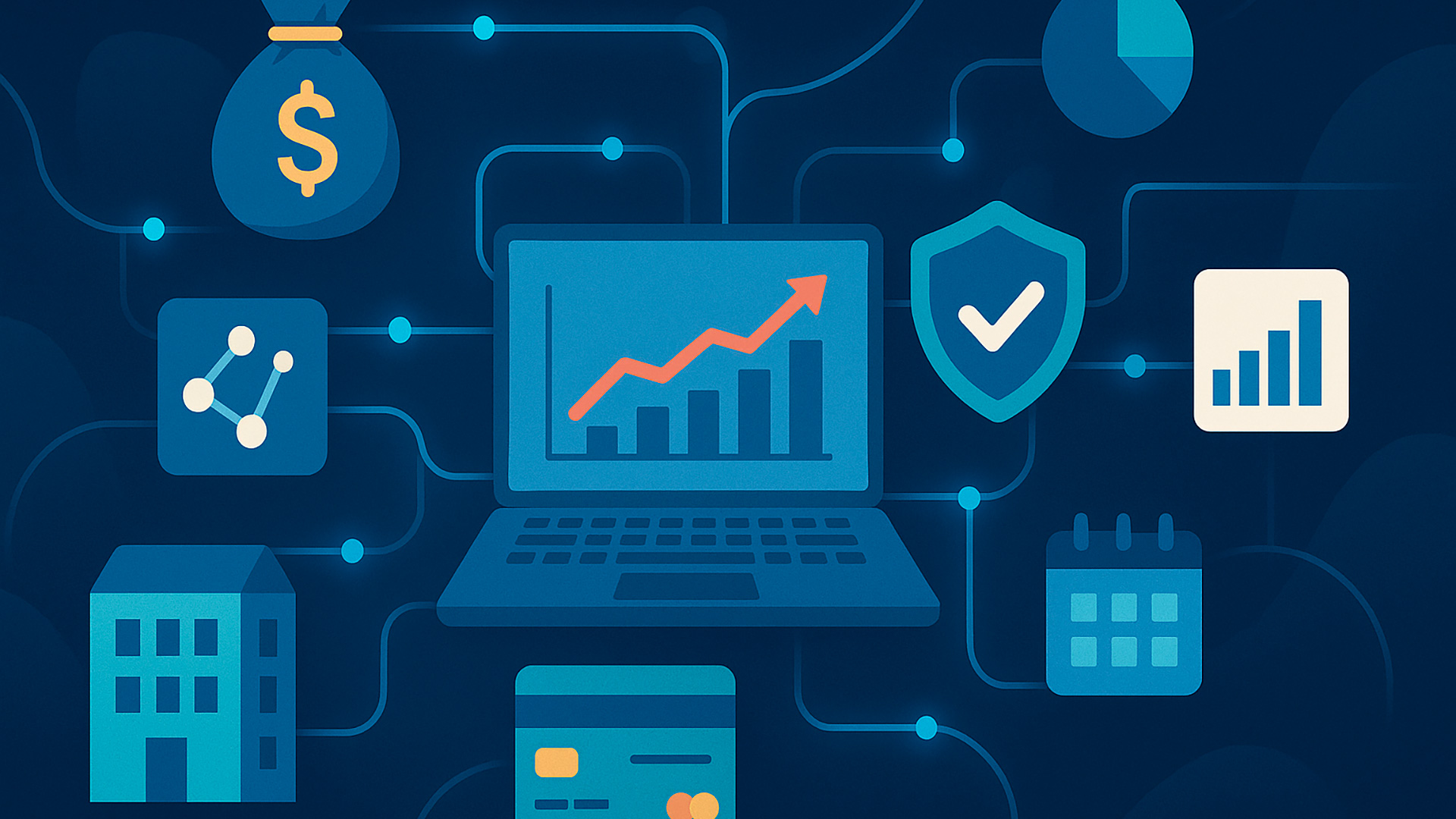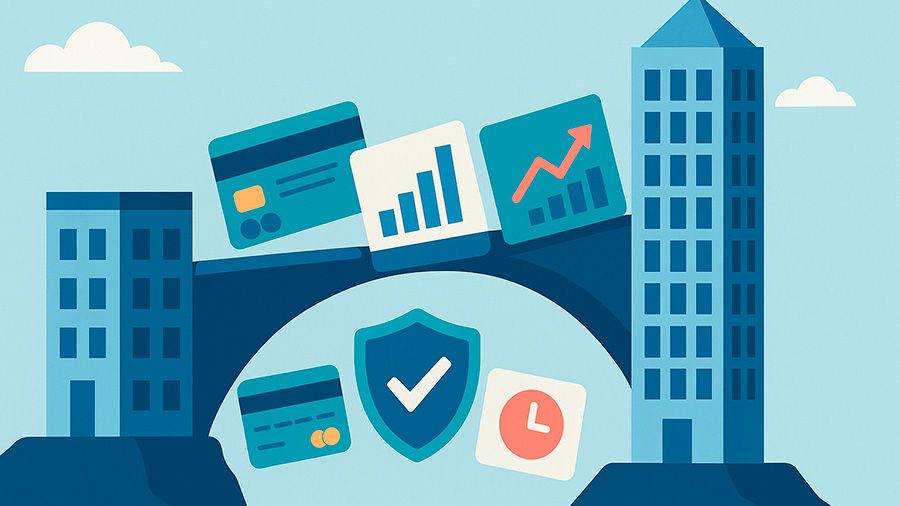
Every successful company reaches a turning point where ambition outpaces available resources. To move from local operations to national reach, or from prototype to mass production, businesses need capital—and credit is often the bridge that makes that leap possible. The evolution of credit solutions for enterprises has changed dramatically over the past decade. What used to mean simply applying for a traditional bank loan now includes a wide array of innovative financing models, from revolving credit lines and asset-backed loans to fintech-powered lending platforms. Understanding how these solutions work and how to use them strategically has become an essential skill for modern entrepreneurs seeking to scale efficiently and sustainably.
The Role of Credit in Business Expansion
Credit fuels growth. It allows companies to seize opportunities they couldn’t otherwise afford—expanding inventory, hiring staff, launching marketing campaigns, or entering new markets. Without access to credit, even profitable businesses can stall due to cash flow gaps or delayed client payments. The ability to choose the right credit solutions determines not only how quickly a company can grow but also how safely it can navigate economic uncertainty. For startups, this might mean securing a credit line to cover short-term needs, while for established corporations, it can mean using structured financing to fund acquisitions or infrastructure projects.
Types of Credit Solutions for Businesses
Businesses today enjoy far more flexibility than in the past. Lenders—both traditional and digital—offer customized structures designed to match different growth stages and risk profiles. Below are some of the most common types of financing companies use when scaling:
- Business lines of credit: Provide flexible access to funds for recurring expenses, often used for payroll or seasonal inventory.
- Term loans: Fixed-sum loans with set repayment schedules, ideal for major investments like equipment or property.
- Invoice financing: Allows companies to borrow against unpaid invoices, improving cash flow without waiting for clients to pay.
- Equipment financing: Loans specifically tailored for purchasing machinery or technology, often secured by the assets themselves.
- Merchant cash advances: Provide fast access to cash based on future sales, though typically at higher costs.
Each option serves a unique purpose. Selecting the right one depends on a company’s size, sector, and growth goals. Entrepreneurs who master how to align credit solutions with strategic objectives are the ones who turn debt into leverage rather than liability.
Table: Comparing Business Credit Options
| Type of Credit | Best For | Repayment Structure | Typical Interest Rate |
|---|---|---|---|
| Business Line of Credit | Working capital, emergencies | Revolving, flexible | 6–20% |
| Term Loan | Long-term expansion projects | Fixed payments | 5–15% |
| Invoice Financing | Cash flow during client delays | Based on invoice collection | 1–5% per invoice |
| Equipment Financing | Purchasing machinery or vehicles | Secured by assets | 4–12% |
| Merchant Cash Advance | Fast cash for short-term use | Repayment from daily sales | 20–50% |
Real-World Example: Scaling Through Strategic Borrowing
Consider a small manufacturing firm in Ohio that designs eco-friendly packaging materials. Demand for their products doubled after major retailers embraced sustainability goals. However, they lacked the equipment and staff to meet the surge. Instead of seeking equity investors and losing ownership, the founders pursued credit solutions—combining an SBA-backed loan with an equipment financing plan. The loan covered facility expansion, while the equipment loan purchased new production lines. Within two years, revenue tripled, and the company paid down most of its debt, proving that the right financing strategy can drive exponential yet controlled growth.
Credit Solutions in the Age of Fintech
Digital transformation has revolutionized how businesses access credit. Fintech lenders use algorithms and alternative data to evaluate applicants faster than traditional banks. This democratization of credit gives startups and small businesses—once overlooked by large institutions—access to affordable funding. Online platforms such as Kabbage, BlueVine, and Funding Circle provide rapid approvals and personalized loan terms, often within 24 hours. These modern credit solutions rely on cash flow and performance data rather than purely on collateral or lengthy credit histories, making them ideal for young or fast-moving enterprises.

Strategic Use of Credit for Scaling Operations
Borrowing money is only beneficial when done with intention. Businesses that scale responsibly follow certain principles when managing debt. The goal is to ensure that every borrowed dollar generates a higher return than its cost. Here are strategies to consider:
- Match loan duration to asset life: Use short-term financing for temporary needs and long-term loans for permanent investments.
- Calculate return on borrowed funds: A new machine financed at 6% should increase productivity by more than that cost annually.
- Diversify financing sources: Relying on a single lender can limit flexibility and negotiating power.
- Maintain strong financial records: Transparency with lenders leads to better rates and renewed trust.
- Plan for repayment before borrowing: Cash flow forecasting prevents overextension and defaults.
Following these practices ensures that credit solutions act as tools for controlled growth rather than sources of instability.
Table: The Relationship Between Growth Stage and Credit Strategy
| Growth Stage | Credit Type | Objective | Example |
|---|---|---|---|
| Startup | Credit cards, microloans | Build history, manage early expenses | Local café opening with $25k microloan |
| Early Growth | Business line of credit | Manage cash flow, hire staff | Tech startup financing rapid hiring |
| Expansion | Term loans, SBA loans | Scale production or enter new markets | Manufacturer expanding to new region |
| Maturity | Asset-backed or syndicated loans | Large acquisitions or infrastructure | Logistics company building distribution hubs |
Case Study: Global Growth Through Structured Credit
When the family-owned beverage company Honest Brew expanded into Europe, their biggest challenge wasn’t demand—it was liquidity. Distributors wanted large volumes, but payment terms stretched up to 90 days. The company used invoice financing through a fintech provider to cover the gap, turning receivables into immediate working capital. At the same time, a revolving credit facility with their bank ensured continuous access to funds for logistics. These combined credit solutions allowed the company to grow internationally without waiting on delayed payments or issuing new equity. Within three years, their export sales increased fivefold, solidifying their position in multiple markets.
Balancing Risk and Reward
Access to credit is empowering but requires caution. Excessive leverage can lead to financial strain if revenues decline. The best approach is to maintain a debt-to-income ratio that allows flexibility even during downturns. Businesses should also stress-test their budgets—asking, “What happens if revenue drops by 20%?” The answer often dictates how much credit they can safely handle. Diversifying income streams, maintaining emergency reserves, and negotiating flexible repayment terms are practical ways to reduce risk. Responsible borrowing is at the heart of long-term success and sustainable credit solutions<.
Example: Balancing Borrowing and Liquidity
A restaurant group in California illustrates this principle well. After rapid expansion in 2019, they carried significant debt. When the pandemic hit, revenues dropped by 60%. Because they had established open communication with their bank and diversified their loans (mixing SBA support with private lines of credit), they managed to restructure payments and survive. Their financial discipline before the crisis—using credit only for scalable improvements—meant they could adapt instead of collapsing. This example underscores that credit solutions are not inherently risky; mismanagement is.
Preparing for the Future: Credit as a Strategic Asset
As technology continues to evolve, credit will play an even greater role in shaping business ecosystems. Artificial intelligence now helps lenders predict risk more accurately, while blockchain is transforming how contracts and financing agreements are executed. In the near future, smart contracts and digital asset-backed loans could provide faster and more transparent access to funds. For entrepreneurs, this means that understanding how to navigate credit solutions will become not just an advantage but a requirement. Businesses that combine financial literacy with innovation will lead the next generation of sustainable growth.
Turning Borrowing Into Growth
Credit is neither good nor bad—it’s a tool, and its effectiveness depends on how it’s used. The companies that thrive are those that borrow strategically, invest wisely, and repay responsibly. Real-world examples from manufacturing to retail show that with the right mix of planning, discipline, and creativity, credit solutions can become the engine that transforms small enterprises into industry leaders. Building strong credit relationships today ensures access to opportunities tomorrow, empowering businesses to grow, compete, and innovate on a global scale.
